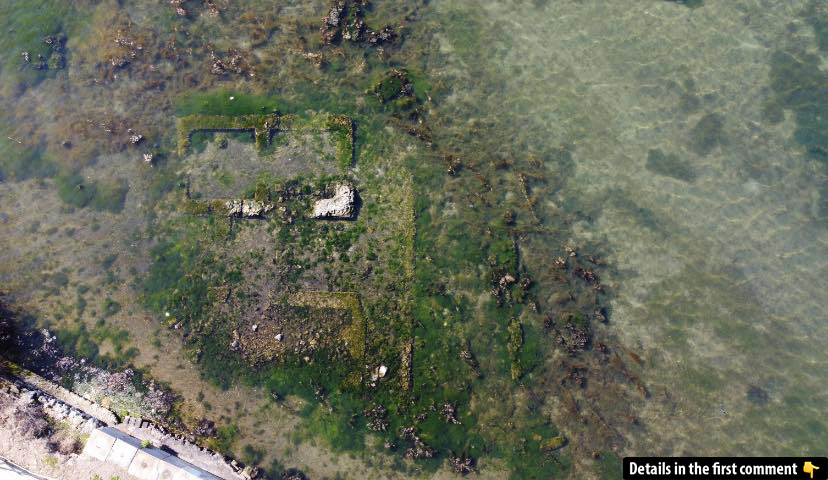Nestled near Naples, Italy, Lake Fusaro has been home to a hidden treasure for centuries—an ancient Roman villa that recently reappeared due to geological shifts in the region. This remarkable discovery sheds new light on the architecture and culture of ancient Rome, offering valuable insights into the luxurious lifestyles of the Roman elite. The villa’s emergence is thanks to the natural phenomenon of bradyseism, which has altered the landscape of the area, lifting the ground and exposing long-submerged ruins. As a result, archaeologists are now eager to investigate this fascinating find, which could reshape our understanding of Roman history.
Lake Fusaro and Its Volcanic Terrain
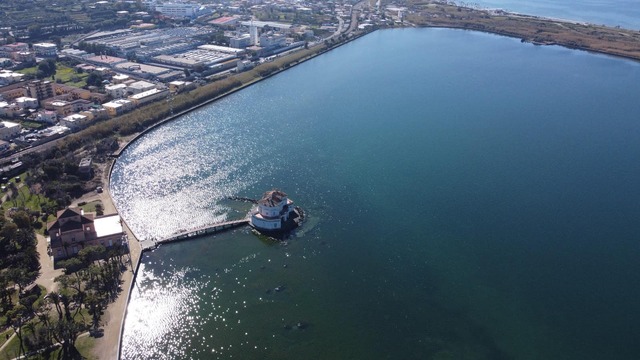
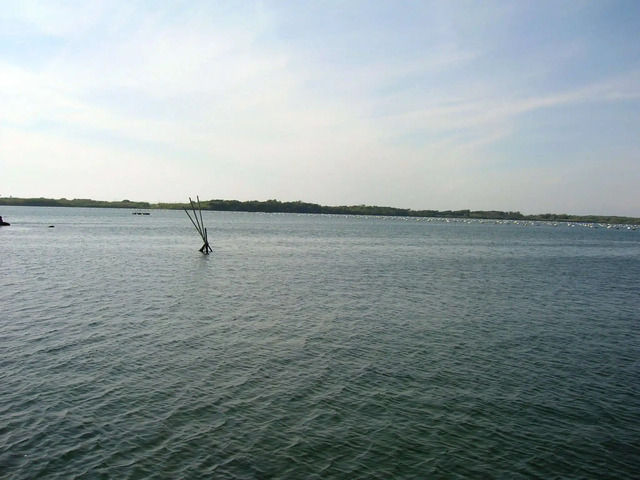
The area surrounding Lake Fusaro is part of the Phlegraean Fields, a volcanic region that includes the active Solfatara volcano. This zone, known for its geothermal activity, has been the stage for dramatic geological changes over the centuries. Bradyseism, the gradual rise and fall of the Earth’s surface due to subterranean forces such as magma movement, is responsible for the shifting land.
Since 2005, the land has been rising steadily, and in 2024 alone, it rose by nearly 20 centimeters. This geological process has had both destructive and restorative effects on the land, with some regions sinking, while others have been lifted. The recent rise in the land around Lake Fusaro has caused the waters to recede, revealing the submerged Roman villa and offering a unique glimpse into the past.
Video
Watch Submerged Roman Structure of Concentric Walls Discovered on Italy’s Western Coast to uncover the secrets of this ancient underwater Roman structure. A fascinating archaeological discovery!
The Sunken Roman Villa: A Glimpse into the Past
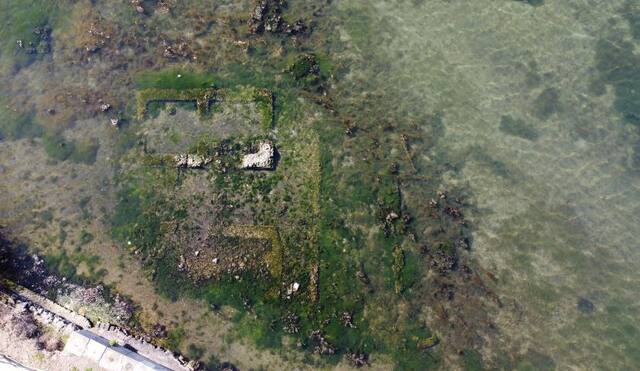
The villa that has emerged from Lake Fusaro is a stunning testament to the opulence and architectural prowess of ancient Rome. Located near the picturesque Casina Vanvitelliana, the villa’s features include beautifully constructed walls, thermal baths, and a variety of other structures typical of elite Roman residences.
Aerial photography has provided initial insight into the layout of the villa, revealing its impressive size and intricate design. The walls are built using opus reticulatum, a form of brickwork commonly used in early Roman architecture, which can be seen in other famous Roman structures such as Hadrian’s Villa and Herod’s winter palace in Jericho. This construction method was known for its durability and aesthetic appeal, and its presence in the villa further emphasizes the significance of the discovery.
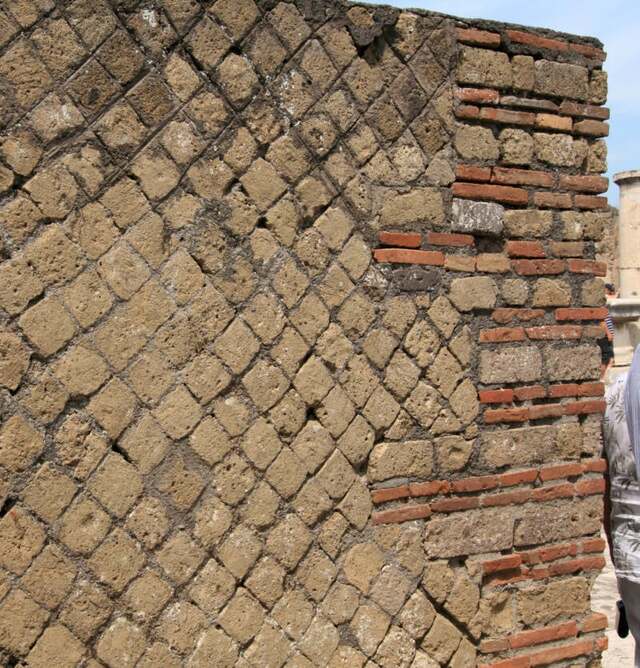
The thermal baths, a hallmark of Roman luxury, suggest that the villa was a residence for the wealthy. In ancient Rome, thermal baths were not only functional but also social spaces where the elite gathered to relax and converse. These baths were a central feature of Roman homes, particularly those belonging to the upper classes, and their presence at the villa further reinforces the idea that it was a luxurious residence. The discovery of such a well-preserved structure beneath the water is a rare and valuable addition to the archaeological record.
The Historical Significance of the Villa
The Roman villa at Lake Fusaro is more than just an architectural marvel—it is a key to understanding the lives of the Roman elite. The villa’s location, near the ancient town of Baiae, suggests that it was part of a broader network of luxurious Roman estates. Baiae was known for its extravagance and was a favored retreat for Roman emperors and aristocrats. The villa’s features, including the thermal baths, indicate that it was likely used by high-status individuals who could afford such lavish accommodations. The discovery of this villa adds to our understanding of Roman residential architecture and the lifestyle of the elite during the height of the Roman Empire.
Furthermore, the villa’s existence challenges the notion that the area around Lake Fusaro was sparsely populated during the Roman era. For centuries, the region was believed to have been largely uninhabited until the Phoenicians arrived around 800 BC. However, this new discovery reveals that the area was likely an important center of Roman activity long before the Phoenicians arrived. The villa is a reminder that the history of the Maghreb and the Mediterranean is far more complex than previously thought, and it provides valuable context for understanding the interactions between different cultures in the region.
Comparative Findings: Baiae and Other Ancient Roman Resorts
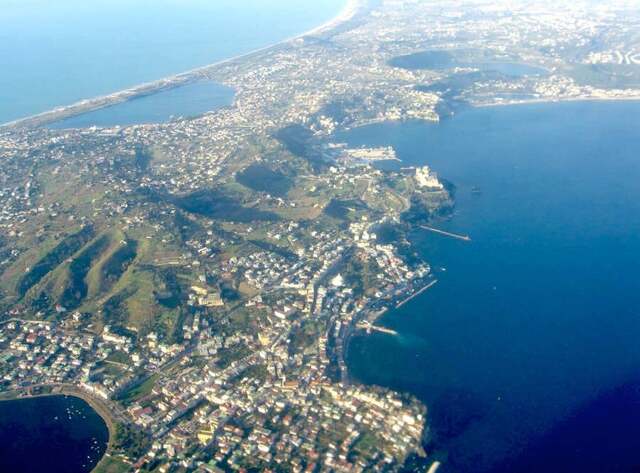
The history of the Phlegraean Fields is shaped by both the emergence and the submergence of ancient Roman sites. Just a short distance from Lake Fusaro lies Baiae, an ancient Roman resort town that, unlike the villa at Fusaro, sank beneath the sea over time due to geological forces. Baiae was a playground for Rome’s elite, with emperors and aristocrats flocking to the area to enjoy its thermal baths and scenic views. The city’s descent into the sea is a result of the same geothermal activity that is now lifting the land at Lake Fusaro.
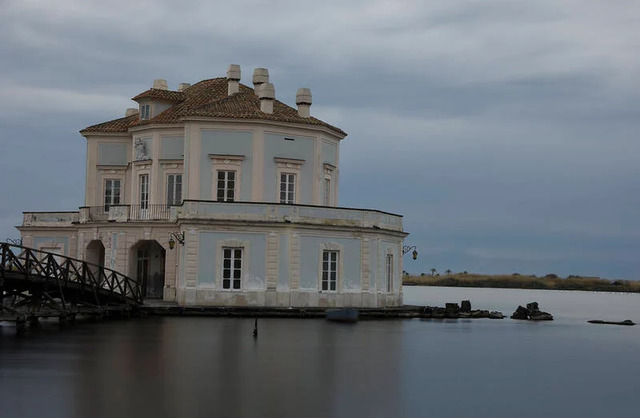
Today, much of Baiae lies submerged in the Gulf of Naples, where divers can explore mosaics, statues, and other remnants of the once-thriving resort. Baiae’s story contrasts with that of the villa at Fusaro, but both sites serve as reminders of the power of nature to shape and reshape the landscapes of ancient civilizations. While Baiae’s remains lie beneath the waves, the villa at Lake Fusaro has emerged from the water, offering archaeologists an opportunity to study and learn from the past in new and exciting ways.


The Future of the Site: Archaeological Excavations and Preservation
The excavation of the villa at Lake Fusaro is only just beginning, and archaeologists are eager to uncover more about its history and significance. Experts from the Superintendence of Archaeology, Fine Arts, and Landscape of Naples are already investigating the site to learn more about its construction, the materials used, and the culture of its inhabitants. The ongoing research will help to clarify the villa’s role in the broader context of Roman society and its connections to other ancient Roman sites in the region.
The discovery of the villa underscores the importance of preserving such sites for future generations. As the land continues to rise, there may be more hidden treasures waiting to be uncovered. The villa at Fusaro offers a rare glimpse into the past, and its excavation will no doubt provide new insights into the daily lives and customs of the Roman elite.
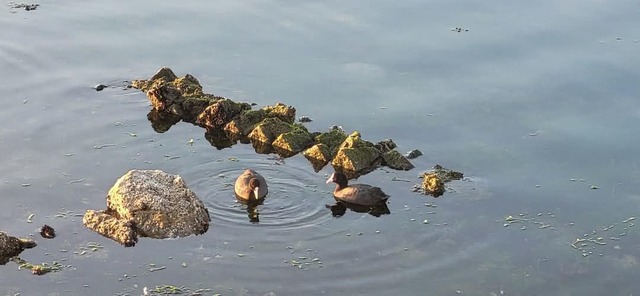
Video
Watch Emperor Domitian’s Palace on the Palatine Hill, Rome to explore the grandeur and history of this ancient imperial palace. A must-see for lovers of Roman history and architecture!
Conclusion: Lake Fusaro’s Role in Understanding Roman History
The emergence of the Roman villa from Lake Fusaro is a powerful reminder of the dynamic relationship between nature and history. As geological forces continue to reshape the land, long-hidden structures are being brought to light, offering new opportunities for archaeological discovery. The villa at Lake Fusaro is just one example of how nature can reveal the past, and it is likely that more such discoveries will be made in the coming years. As researchers continue to study this site and others in the region, we are sure to gain a deeper understanding of the rich cultural heritage of ancient Rome and the Mediterranean.
The Phlegraean Fields have long been a place of volcanic and seismic activity, and now, thanks to these natural processes, we are able to explore the treasures of the past. The villa at Lake Fusaro is a significant find that contributes to the growing body of knowledge about ancient Roman life, and it serves as a reminder that history is still unfolding beneath our feet.
